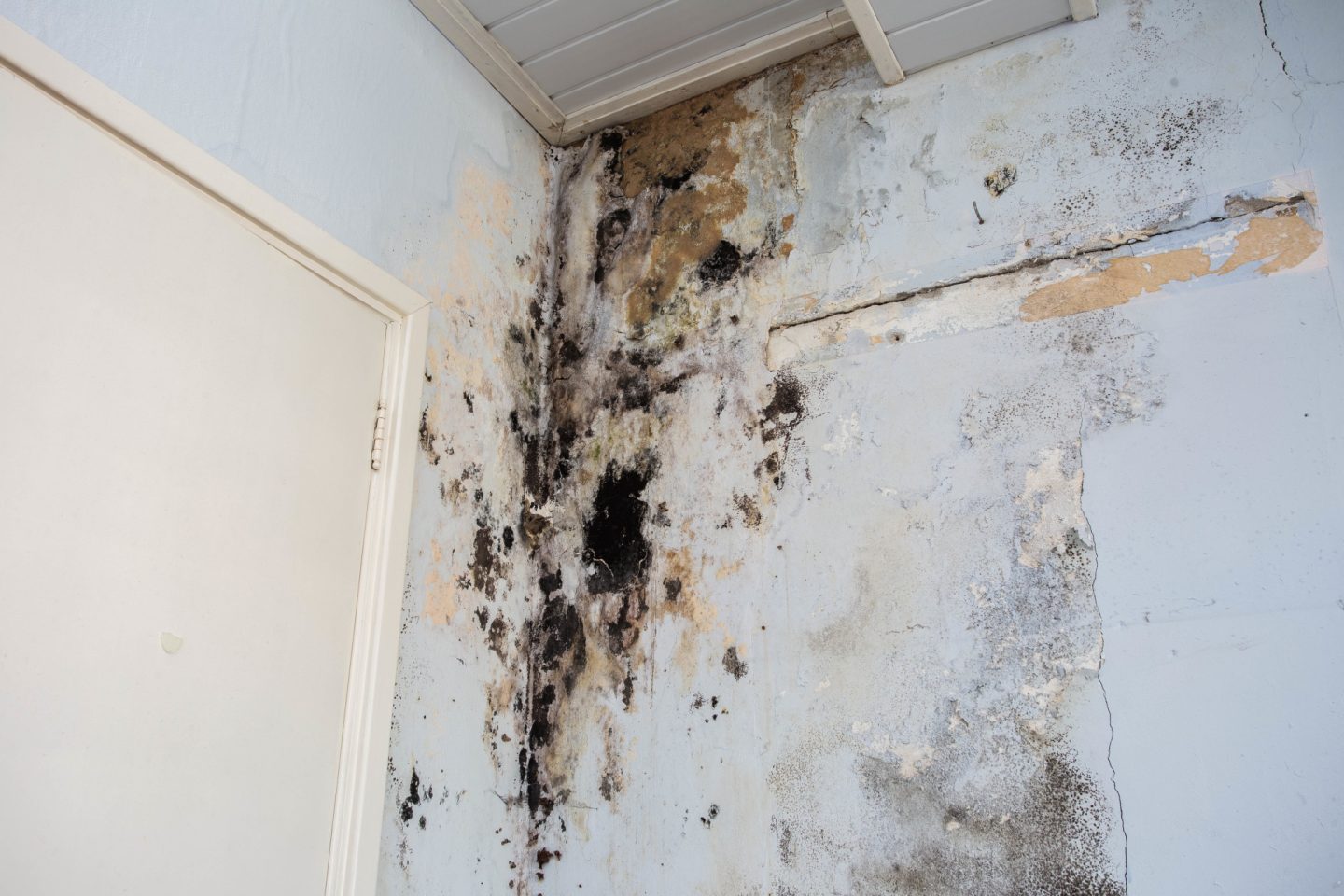
Mold is more than just an unsightly stain on your walls or ceiling—it’s a silent threat that can impact your health and compromise the structure of your property. In areas like San Diego County, where humidity levels can spike near the coast or during the rainy season, mold problems can escalate quickly if left unchecked. Early detection and prompt professional attention are key to protecting your home and well-being.
So how do you know if that discoloration on your drywall is just a smudge or something more serious? Understanding the warning signs of mold and acting quickly can prevent larger, more costly problems down the line.
Visual Indicators of Mold Growth
One of the most obvious signs of mold is visual evidence. Mold often appears as fuzzy or slimy spots in colors like black, green, gray, or even orange. It thrives in damp, dark areas, so look out for discoloration on bathroom ceilings, under kitchen sinks, or along basement walls.
However, not all mold is visible. In many cases, mold hides behind wallpaper, beneath flooring, or within HVAC systems. If you’re repainting a wall and notice bubbling or peeling paint, it may be due to moisture trapped beneath the surface—an ideal breeding ground for mold.
If you’re unsure what mold looks like, this guide from the CDC outlines the most common household appearances and locations.
A Musty or Earthy Smell That Won’t Go Away
Your nose can often detect mold before your eyes do. That lingering musty odor—often compared to damp paper or rotting wood—is a common indicator of hidden mold. This smell is especially noticeable in enclosed areas like closets, attics, or crawlspaces.
Even if you can’t see, that distinctive scent is a strong warning. As Scientific American points out, certain species emit volatile organic compounds (VOCs), which contribute to the odor and may also affect indoor air quality.
Frequent Allergies or Respiratory Symptoms Indoors Due to Mold
Mold doesn’t just harm your walls—it can harm your health. If you or your family members experience worsened allergy symptoms, coughing, sneezing, skin irritation, or asthma flare-ups at home, mold might be the underlying cause.
Individuals with compromised immune systems or respiratory issues are especially vulnerable. Exposure to spores can exacerbate chronic conditions and even lead to more severe infections in rare cases. If symptoms ease when you’re outside and return indoors, it’s worth investigating further.
Peeling Wallpaper or Warped Surfaces
Mold thrives in areas with consistent moisture. If your walls feel damp to the touch or you notice wallpaper bubbling and paint peeling, it could signal water damage and growth beneath the surface. Bathrooms and laundry rooms are particularly susceptible, as are areas near leaky windows or plumbing.
Condensation on Windows and Walls
Excess indoor humidity often creates condensation, especially on windows or colder surfaces. Over time, this condensation can lead to growth if the moisture isn’t controlled. Consistent foggy windows or beads of water along baseboards or corners can be a red flag.
You might also notice black buildup forming along the caulking in bathrooms or in the tracks of window frames. This type of problem is common in humid indoor environments and should be removed promptly with professional help.
When to Call for a Professional Mold Inspection
If you’ve seen the signs but aren’t sure whether it’s mold or something else, a professional inspection is the next best step. Remediation experts use tools like moisture meters, thermal imaging cameras, and air quality testing equipment to identify growth in hidden or hard-to-access areas.
DIY kits sold in hardware stores are often unreliable or limited in scope. A thorough inspection will not only confirm presence but also determine the extent of the contamination, helping you develop an effective treatment plan.
What Professional Remediation Involves
Mold remediation isn’t just about cleaning a surface—it’s about stopping the problem at its source. Professionals start by identifying and fixing the underlying moisture issue, whether it’s a plumbing leak, poor ventilation, or drainage problems.
Next, they remove contaminated materials and use specialized equipment like HEPA filters and negative air machines to trap and eliminate spores. Antimicrobial treatments may also be applied to prevent regrowth.
Homeowners should never attempt to clean widespread mold themselves, as it can worsen air quality and pose health risks without proper protective gear and containment procedures.
Christian Brothers – Mold Detection and Remediation in San Diego County
If you’re noticing musty odors, discoloration, or unexplained health symptoms at home, it’s time to take action. Mold won’t disappear on its own—and the longer it lingers, the more damage it causes. Christian Brothers offers expert mold detection and remediation services across San Diego County. With the right tools, training, and care, we help restore safe, healthy living spaces for our clients.
